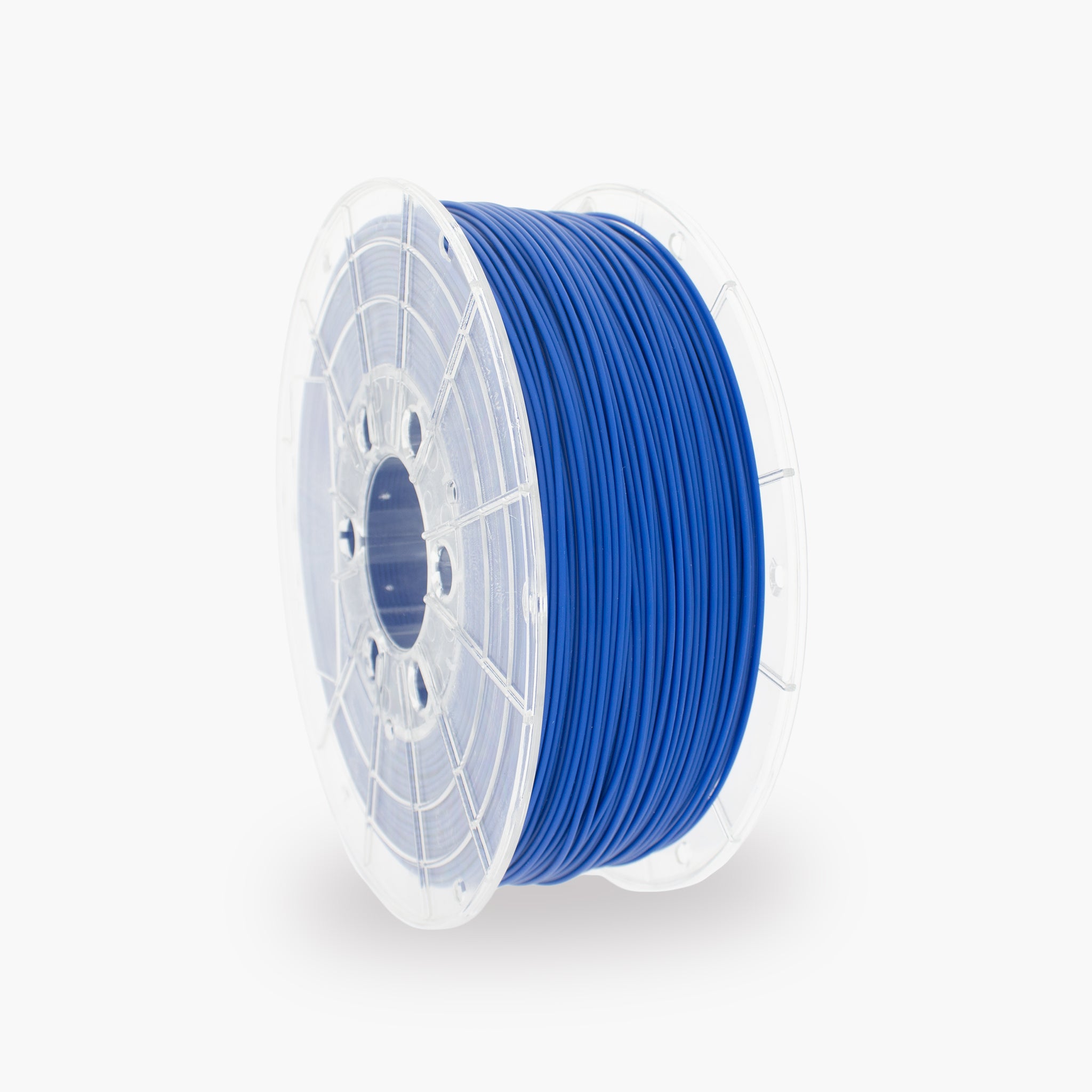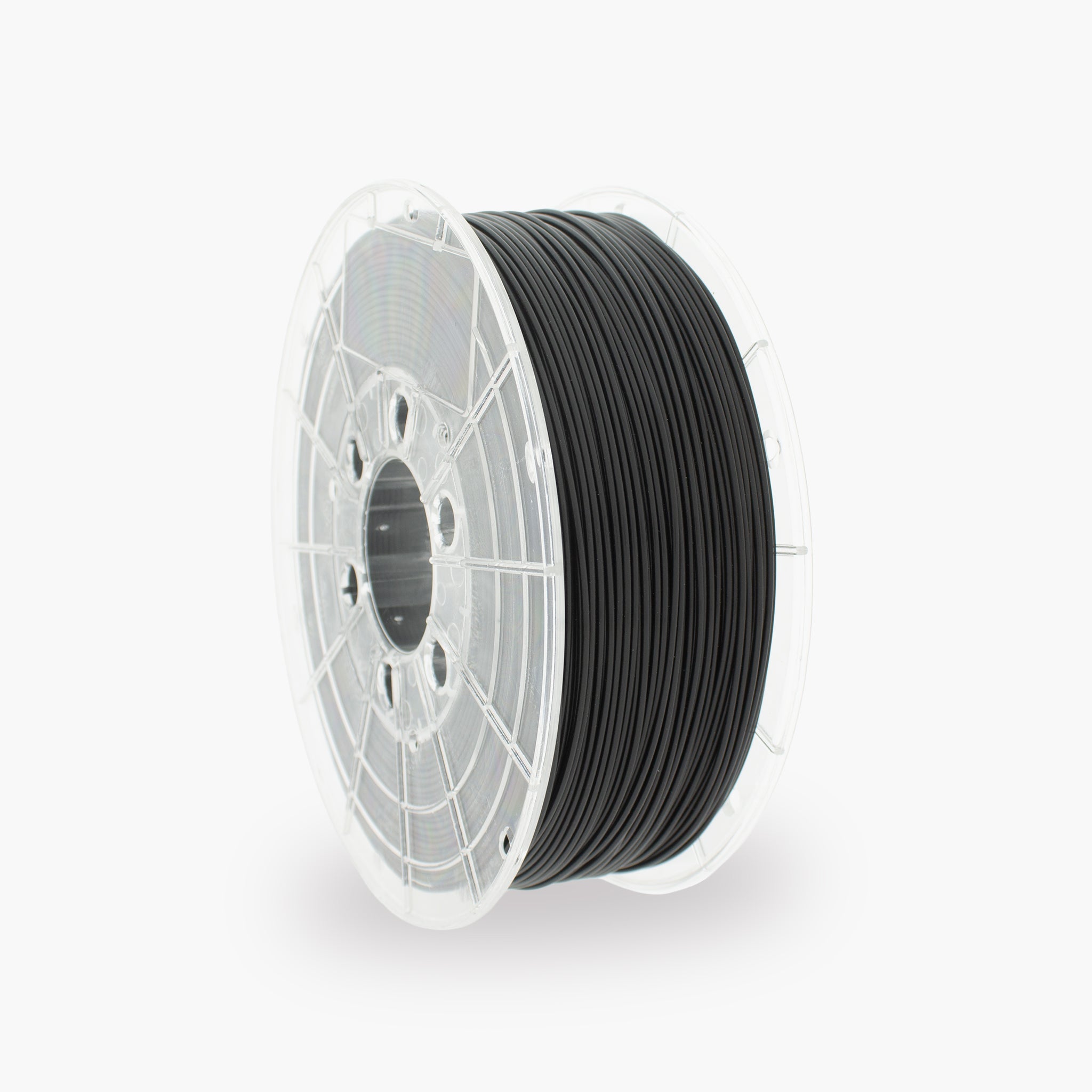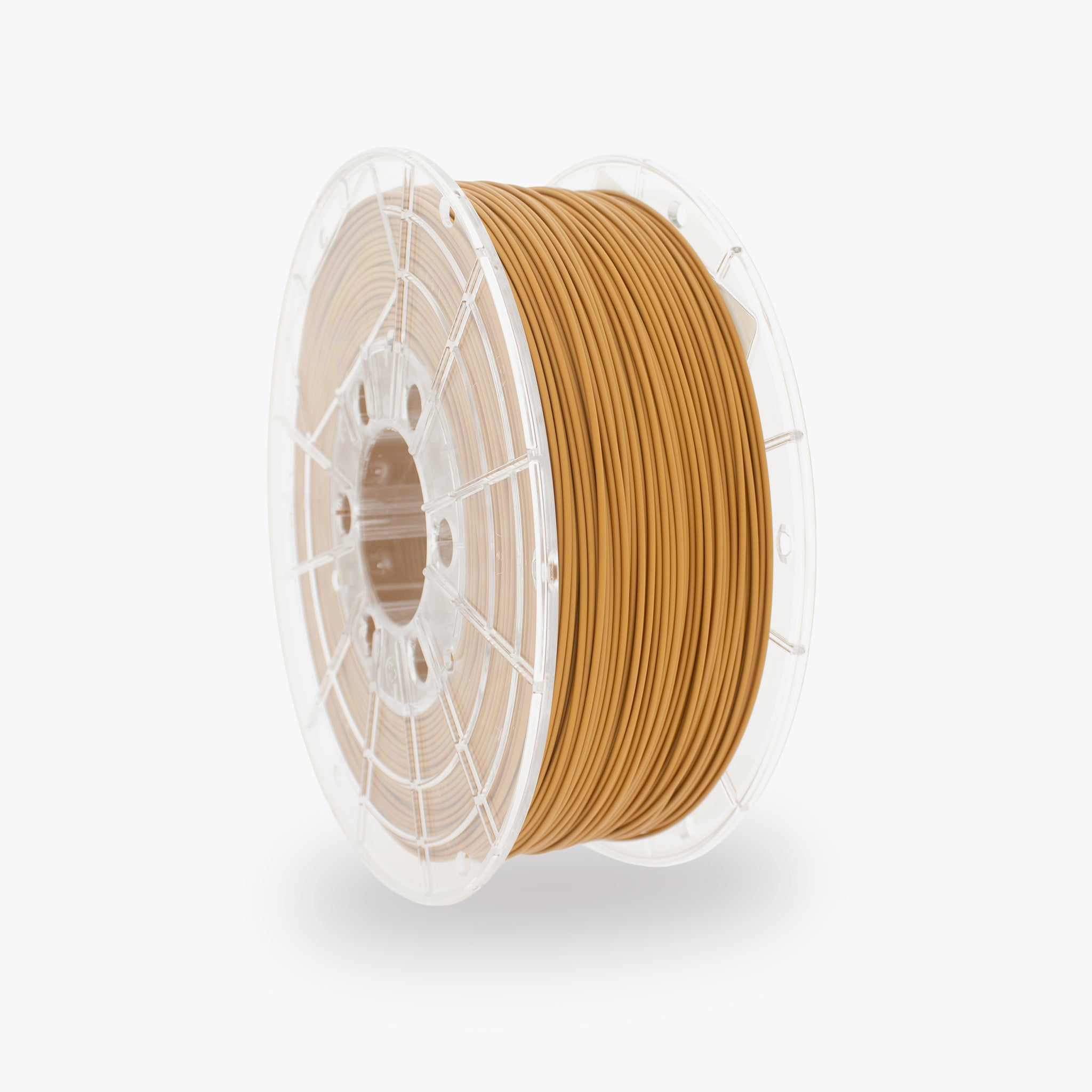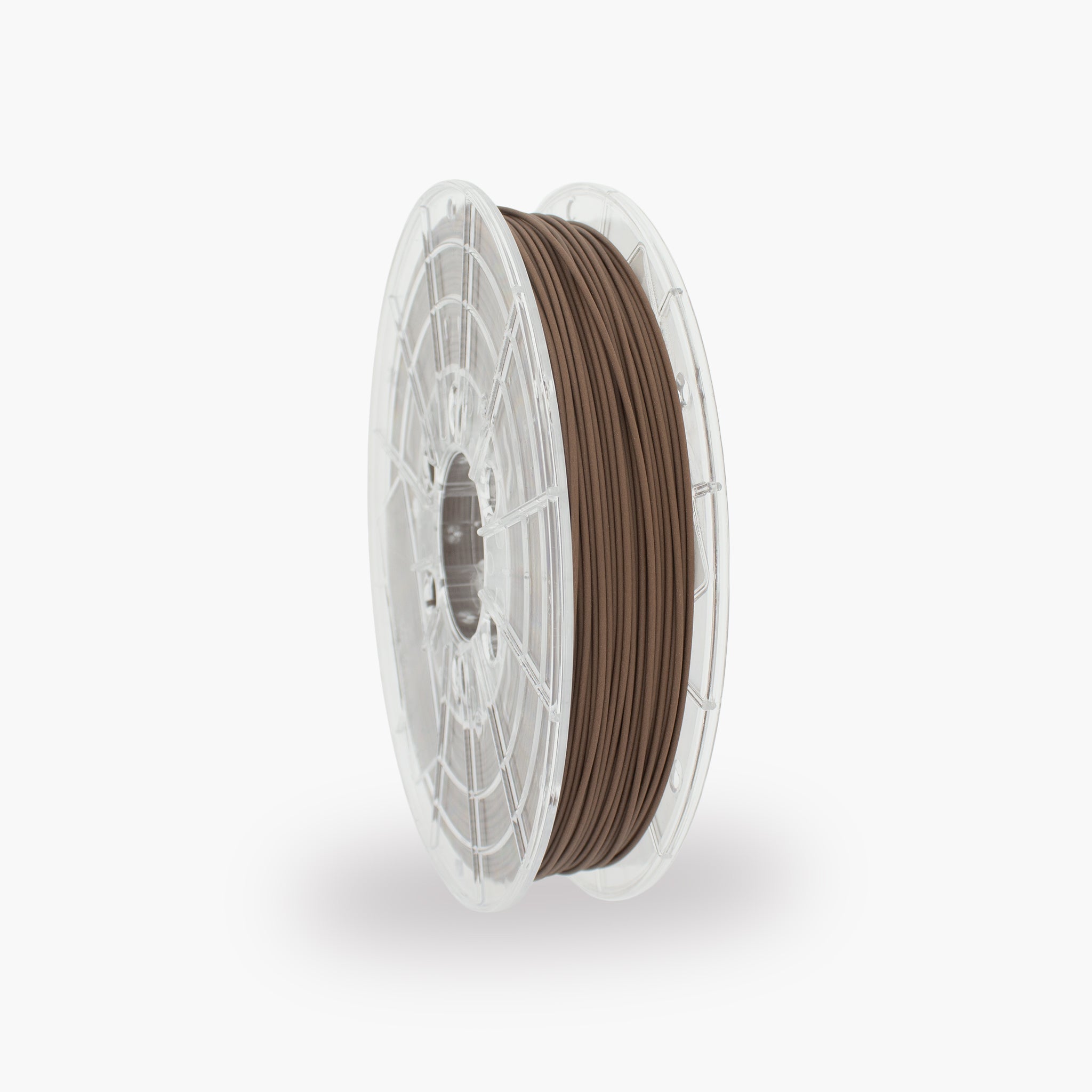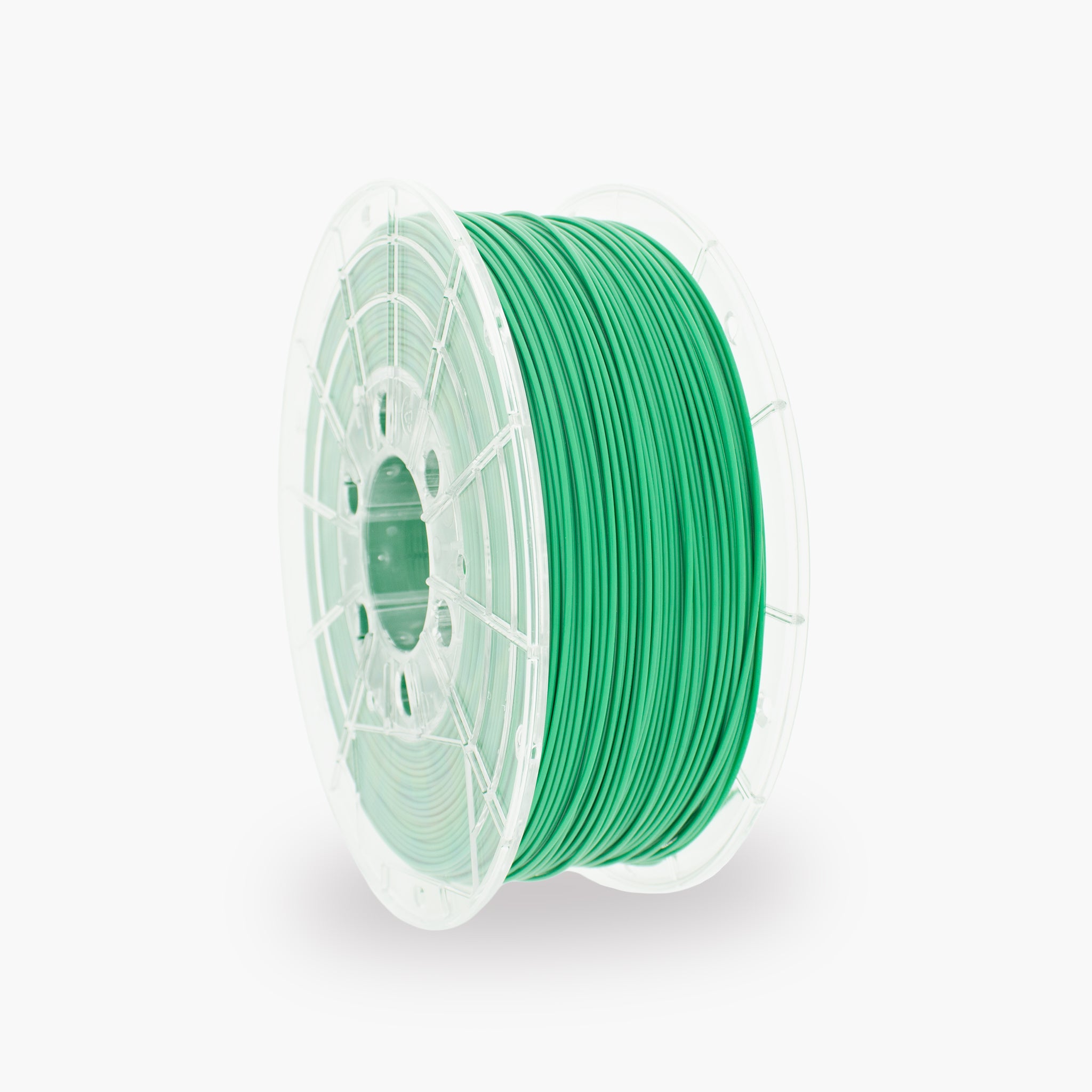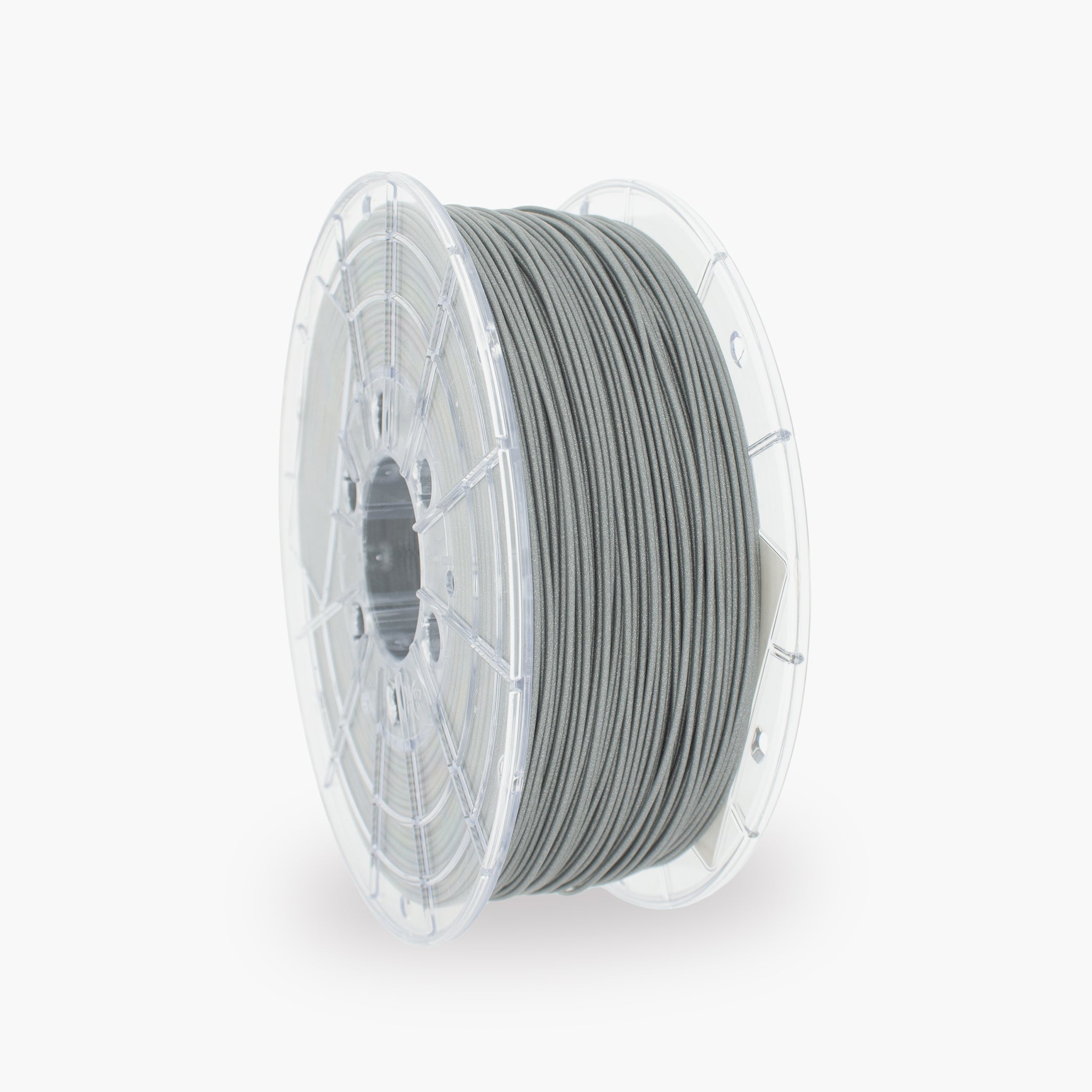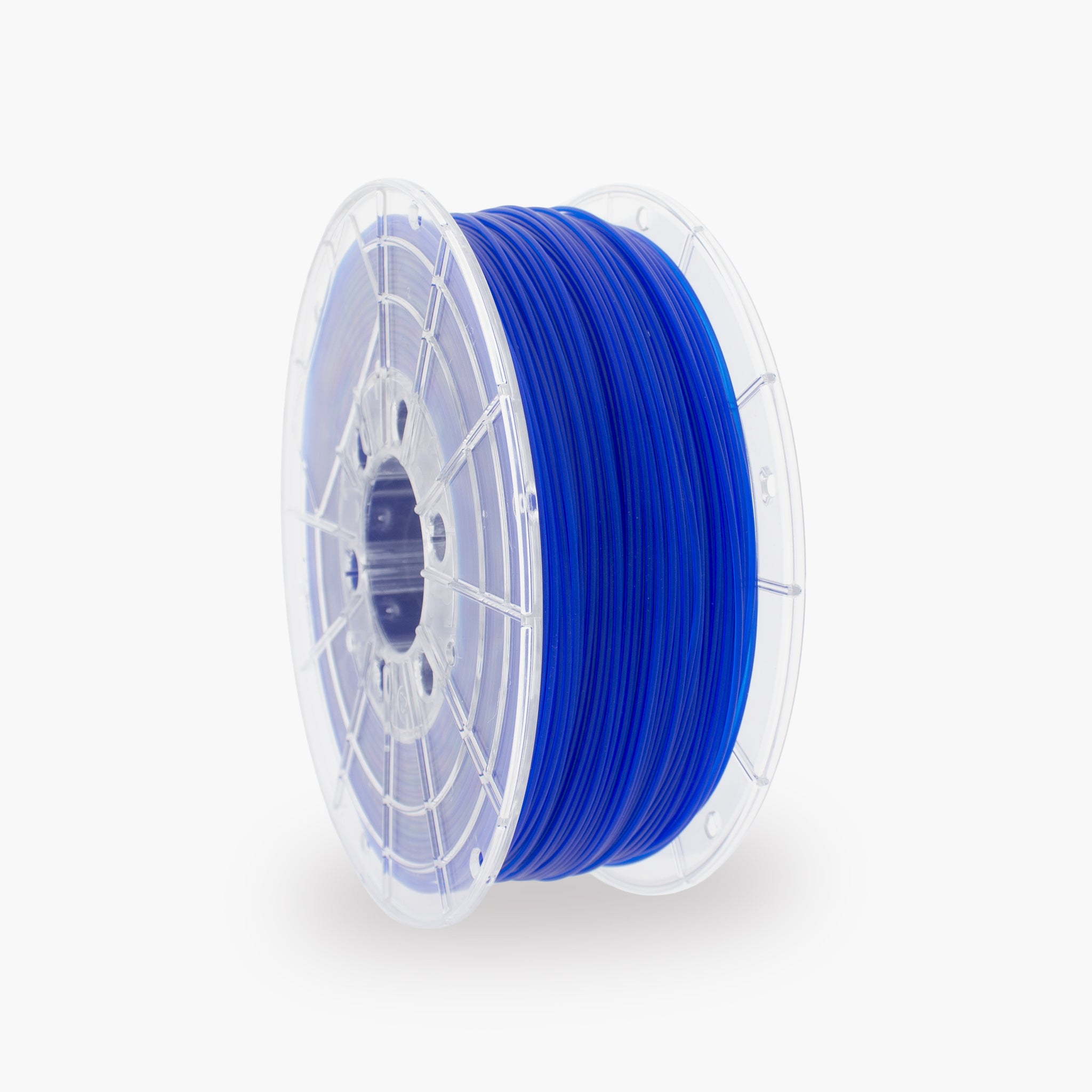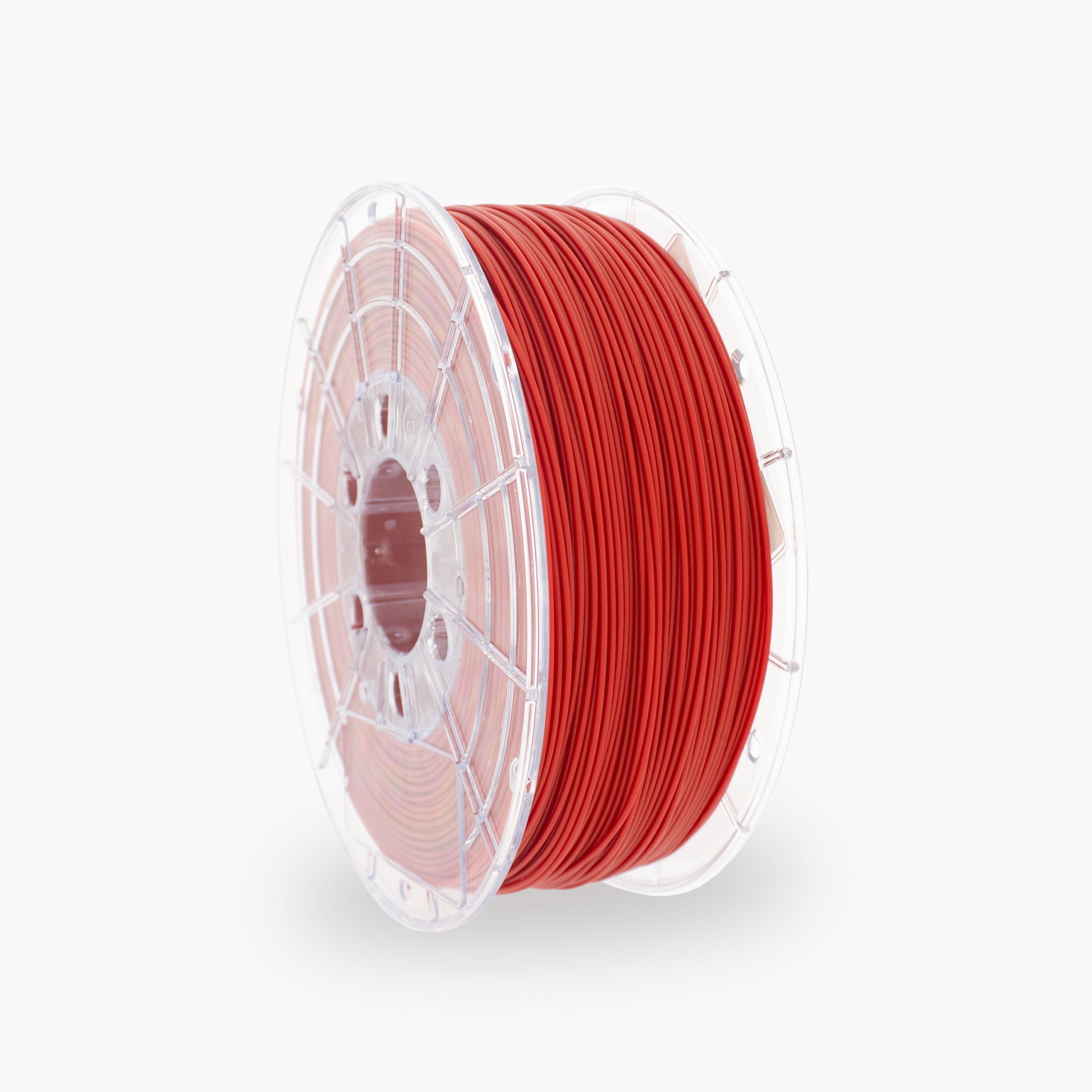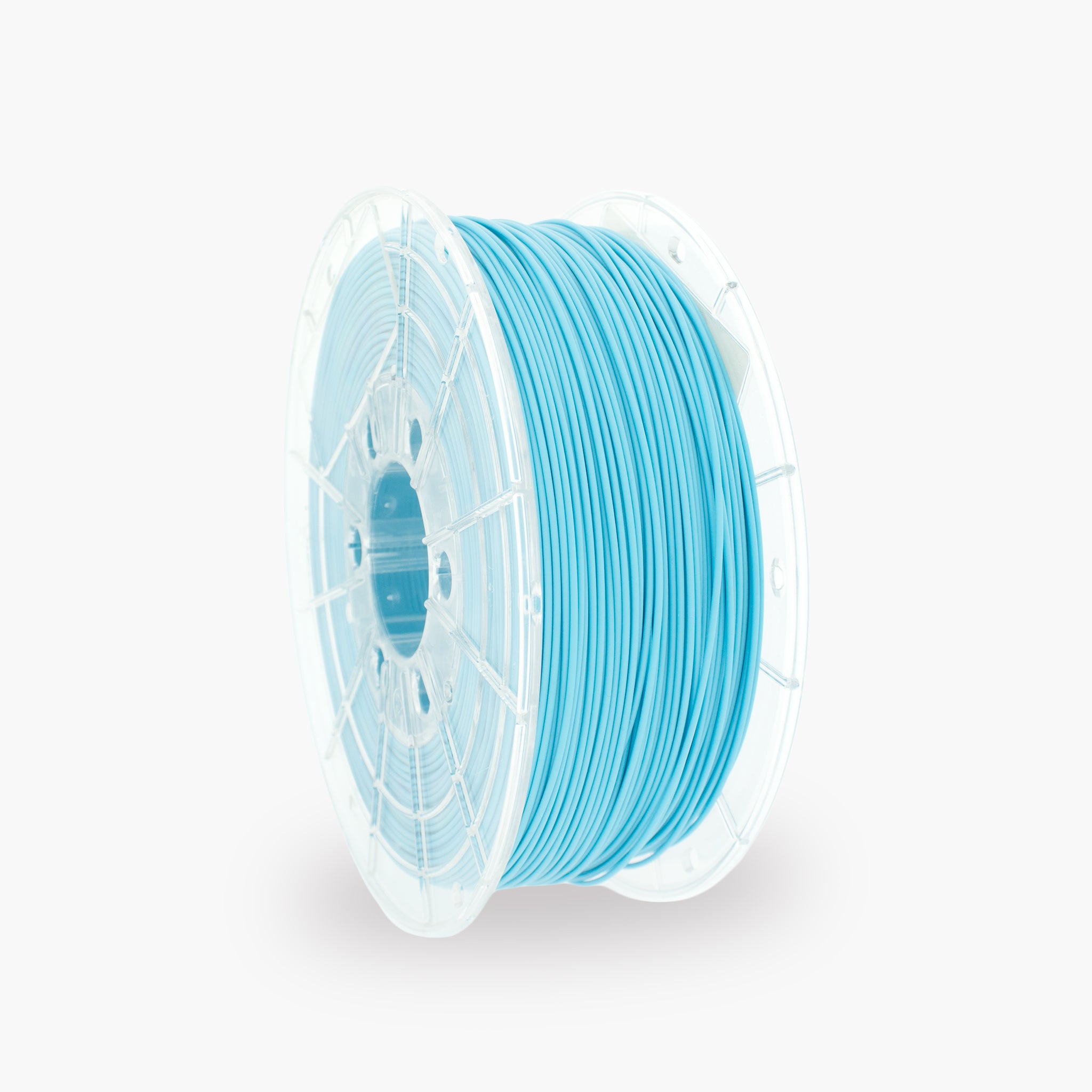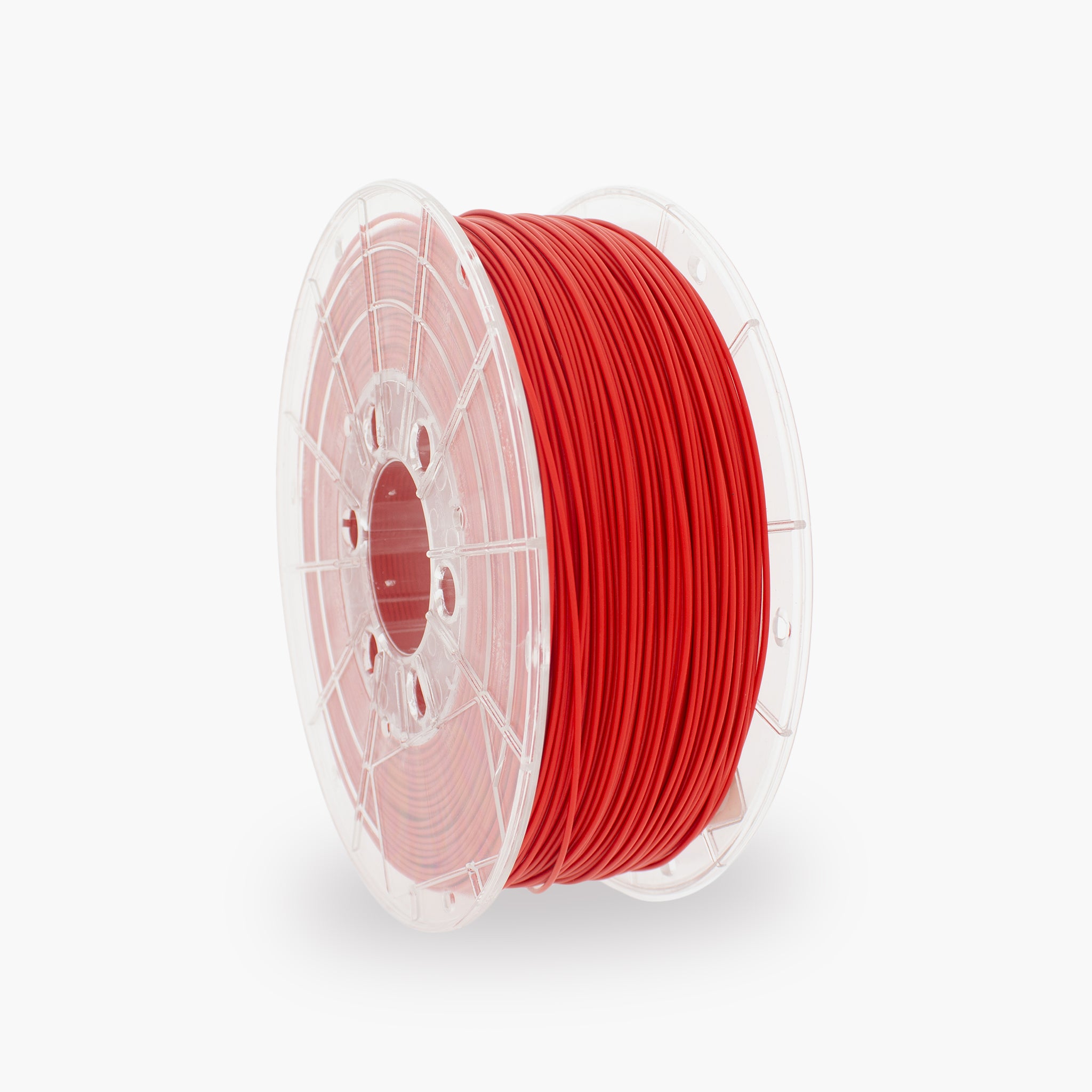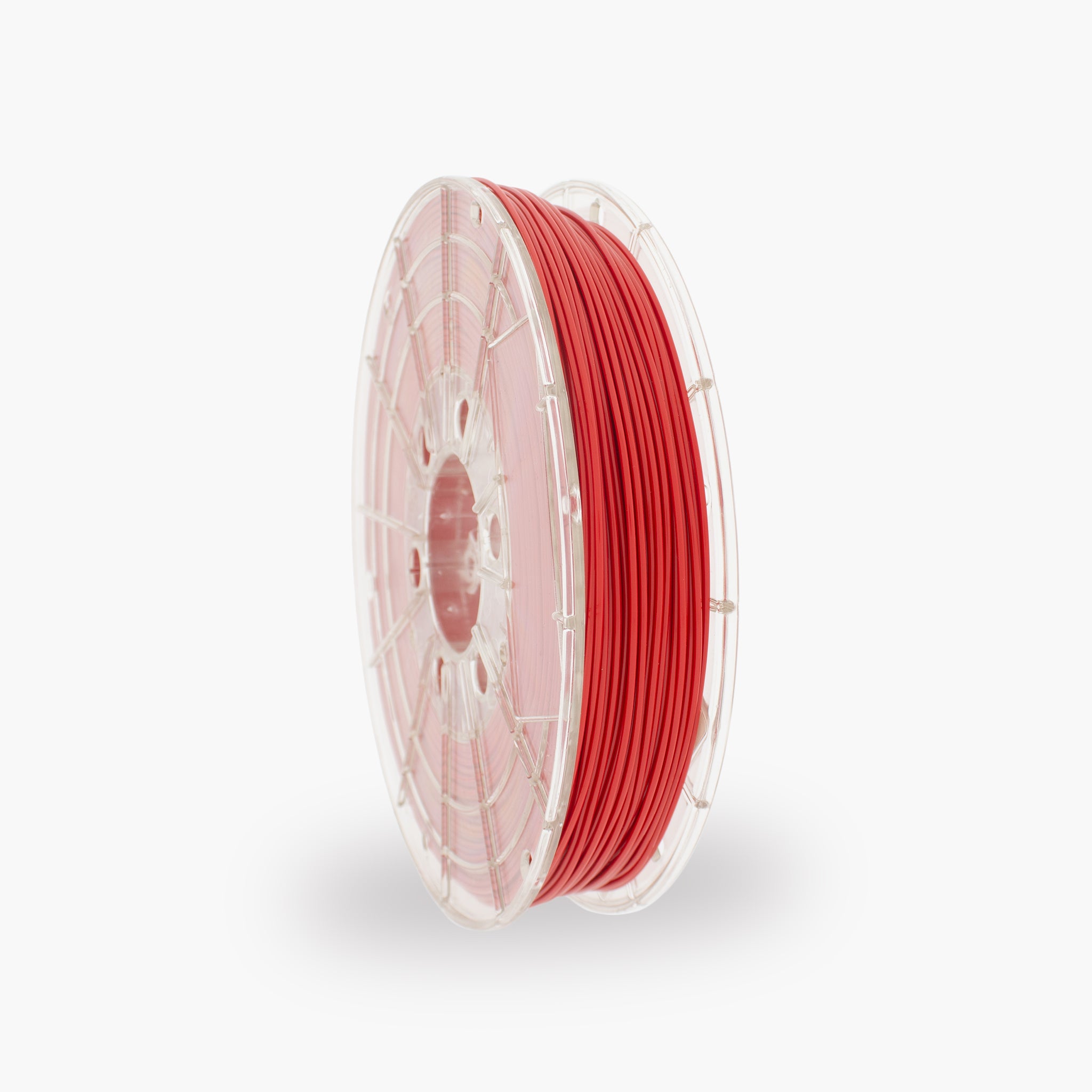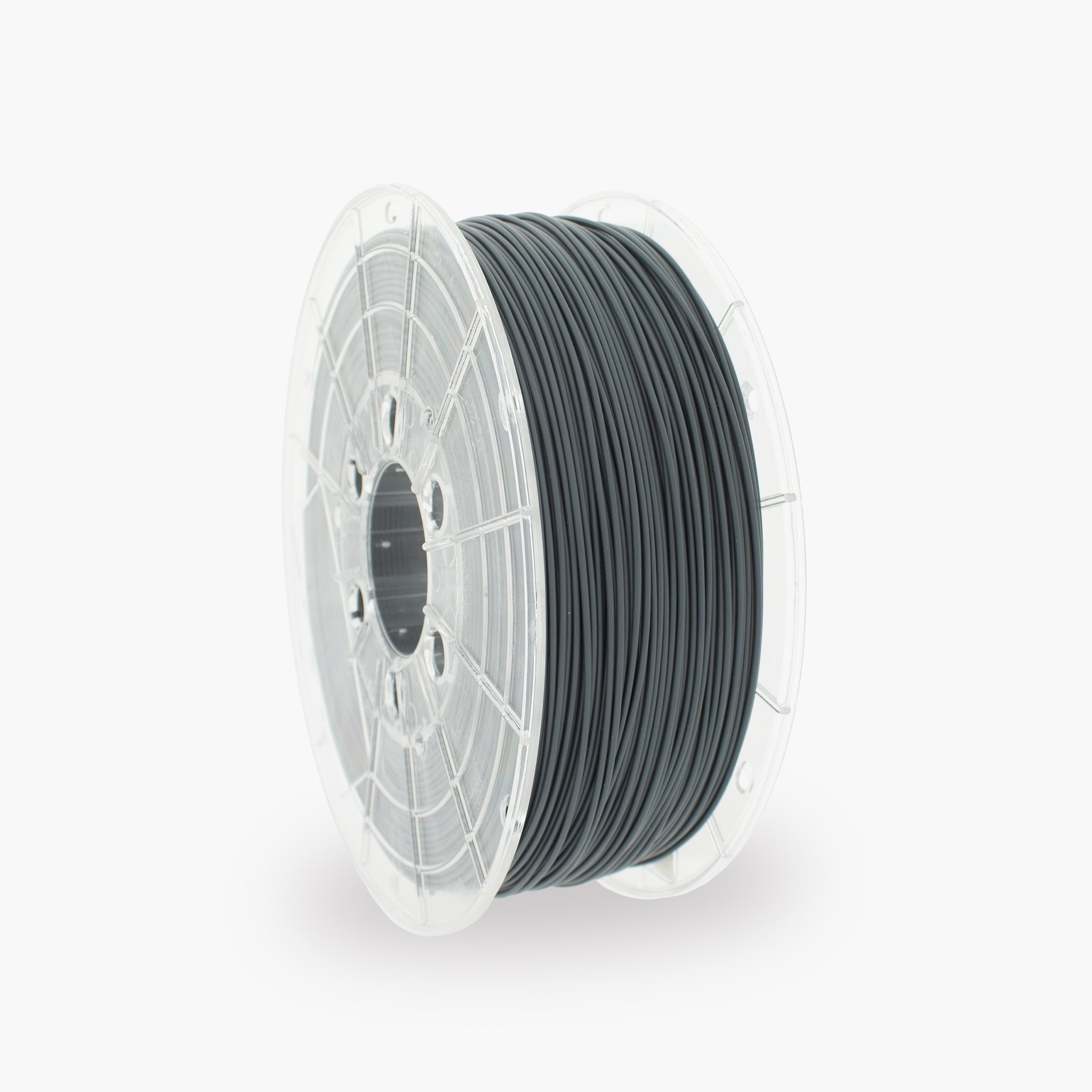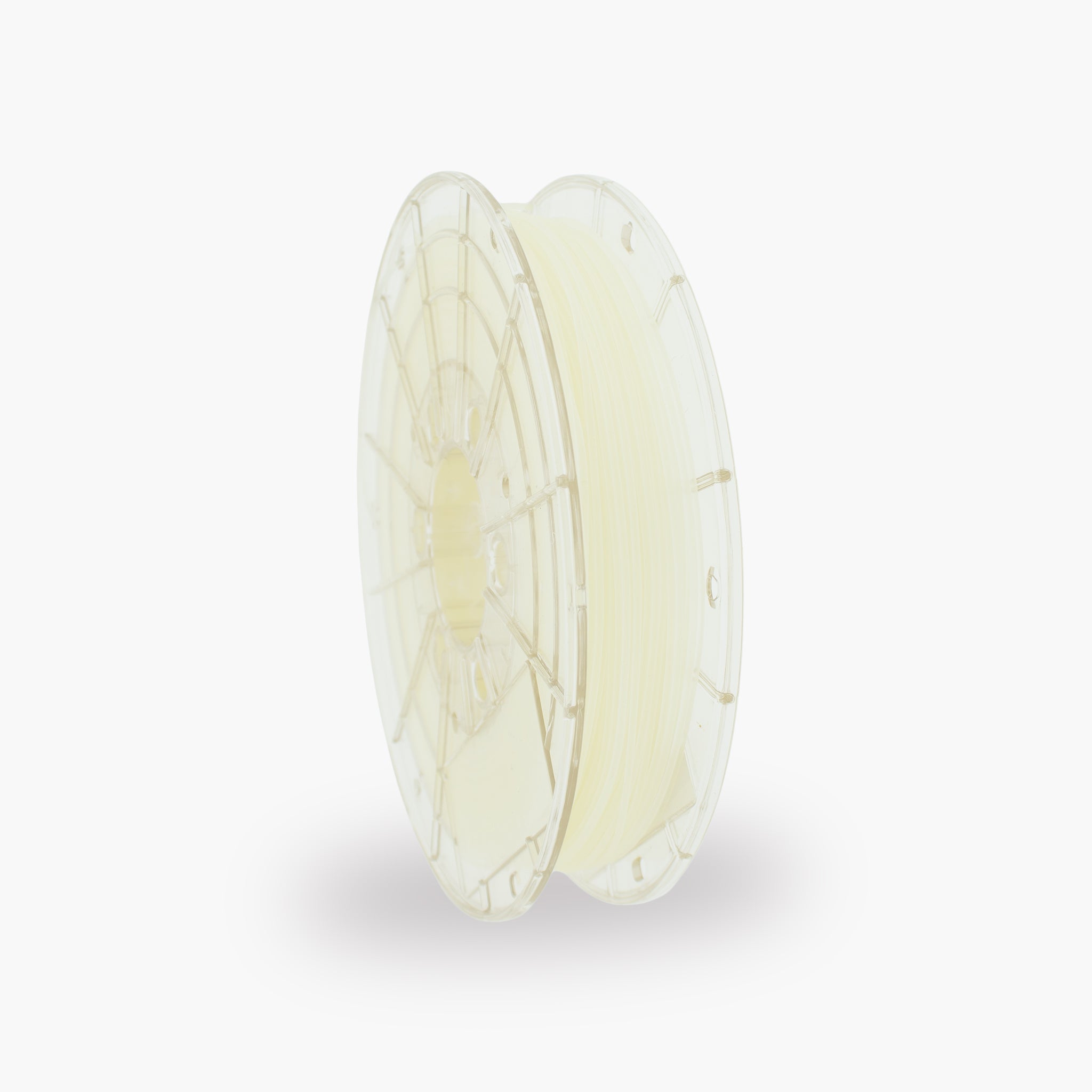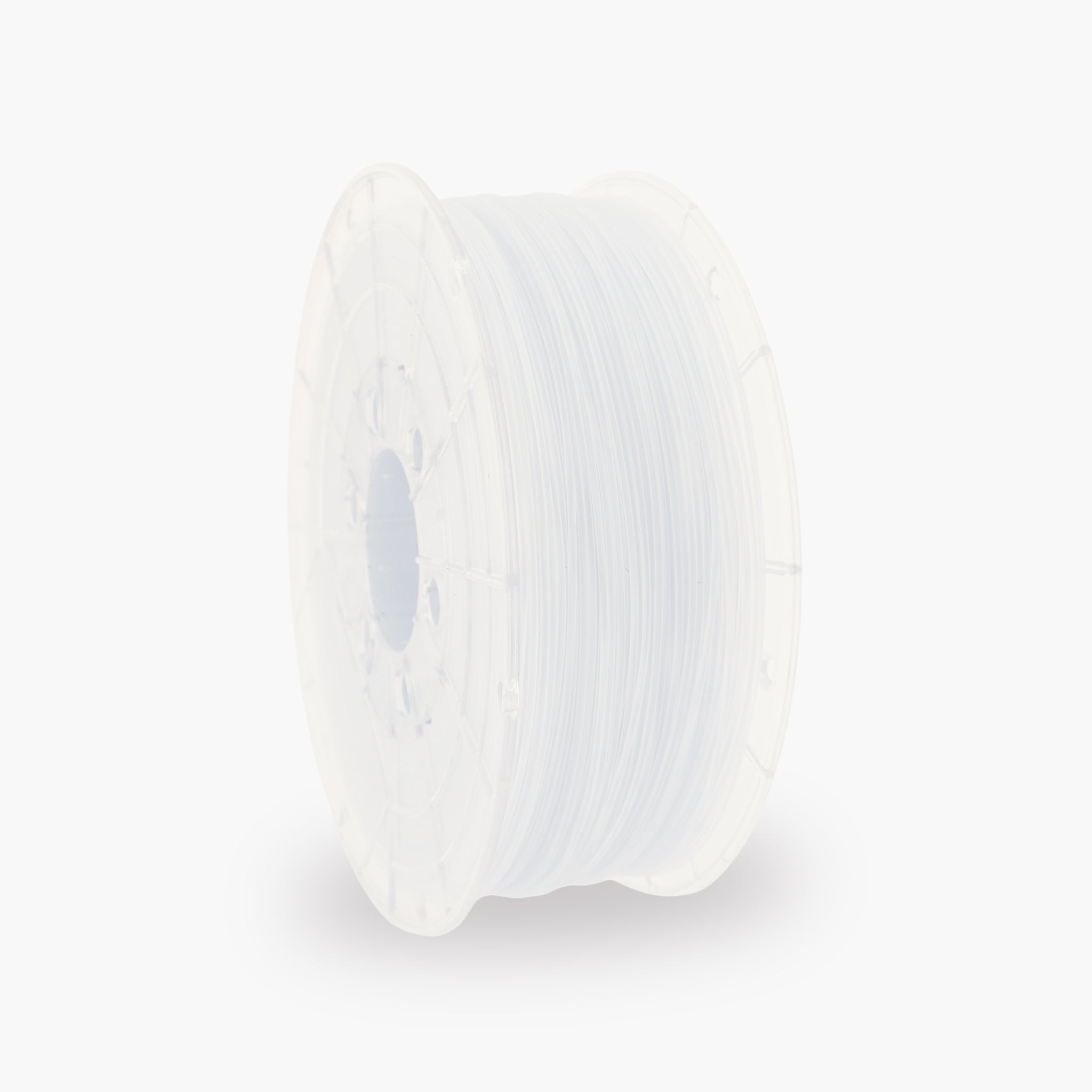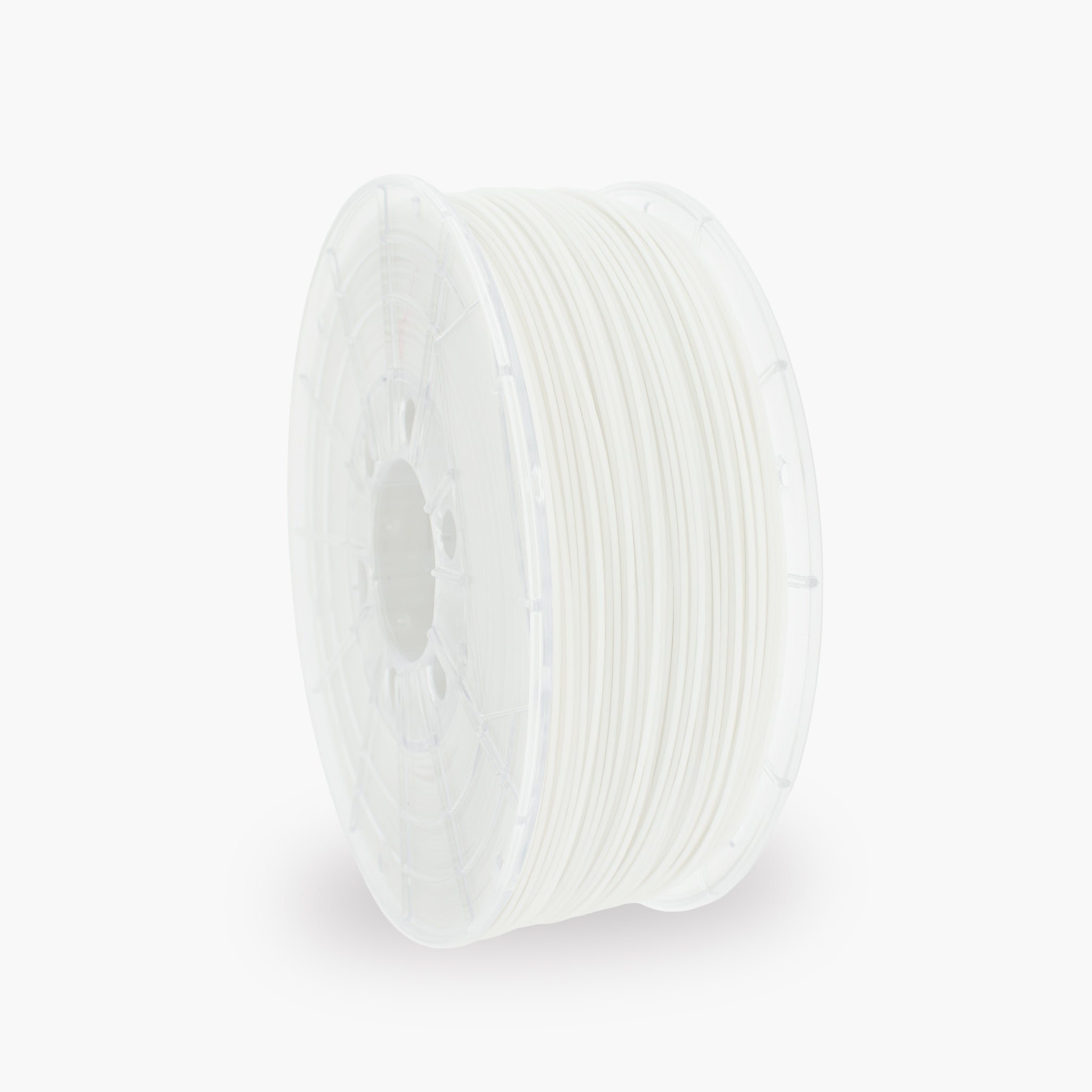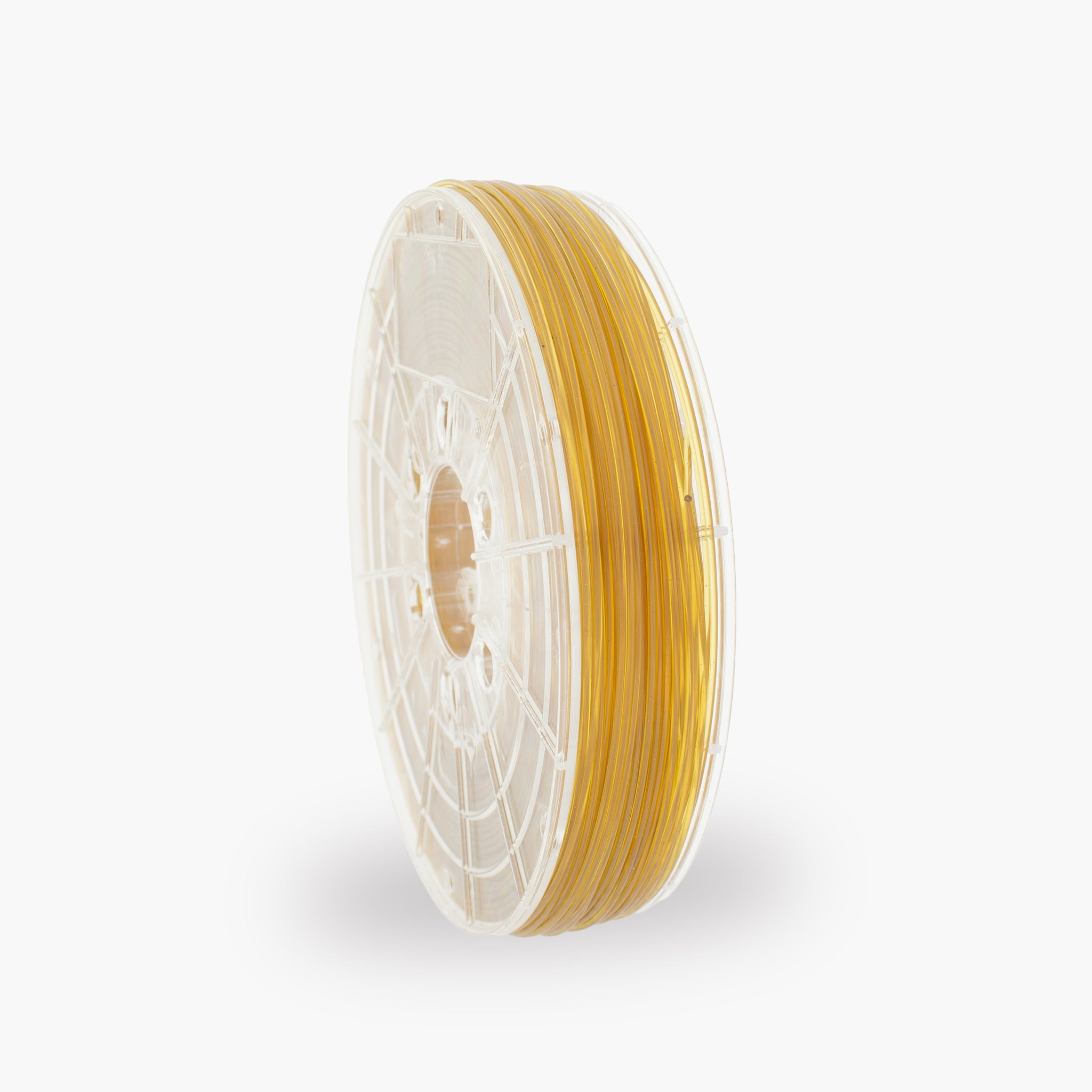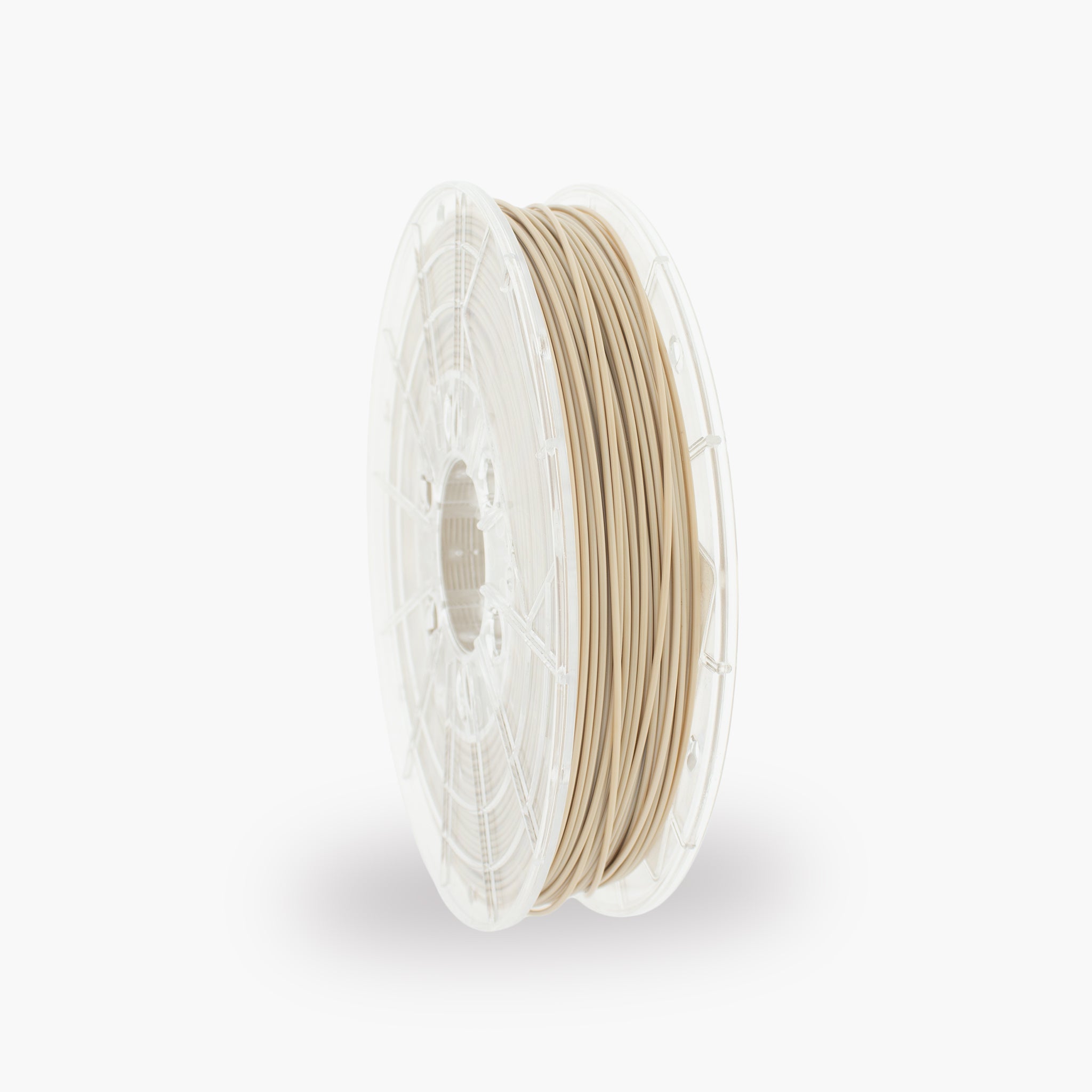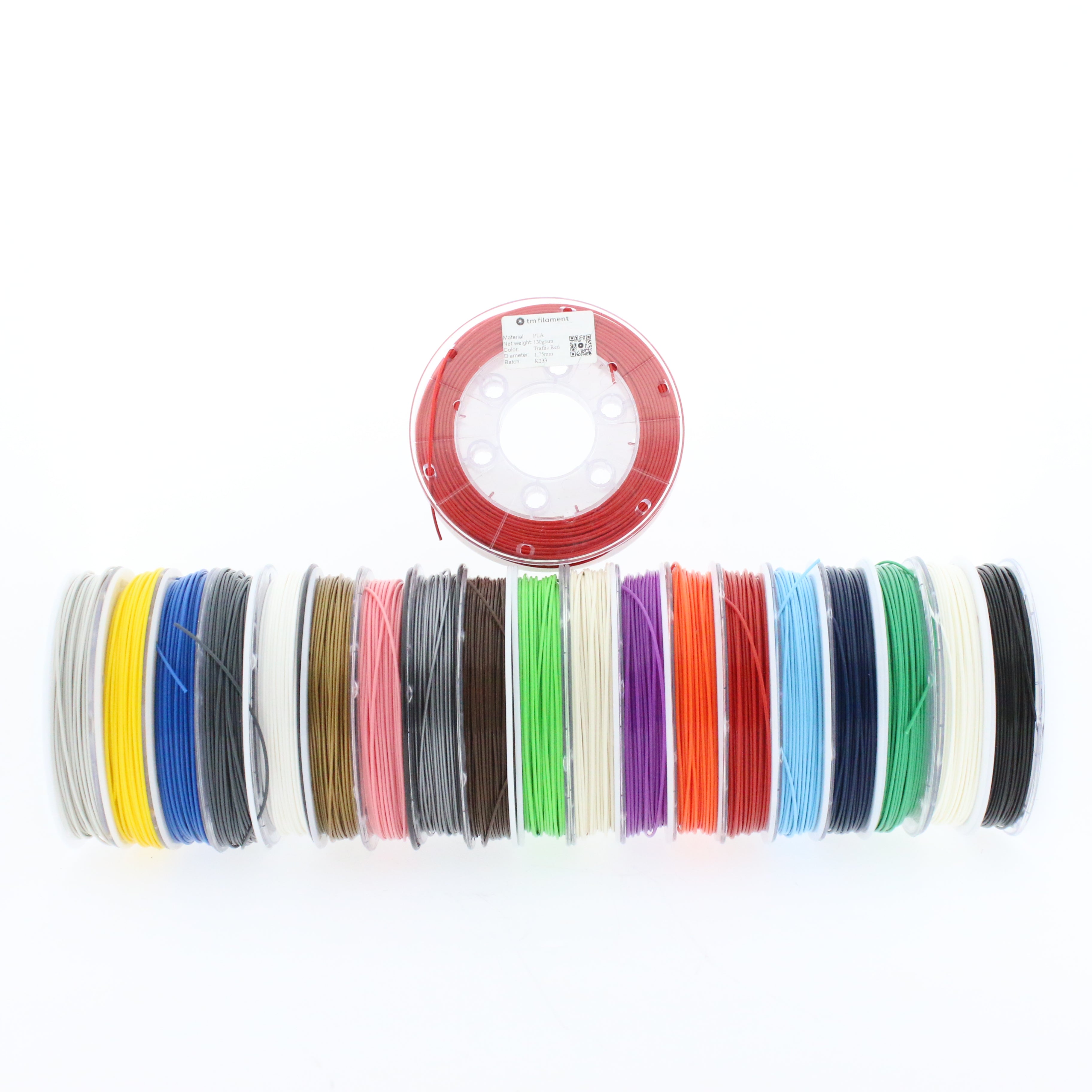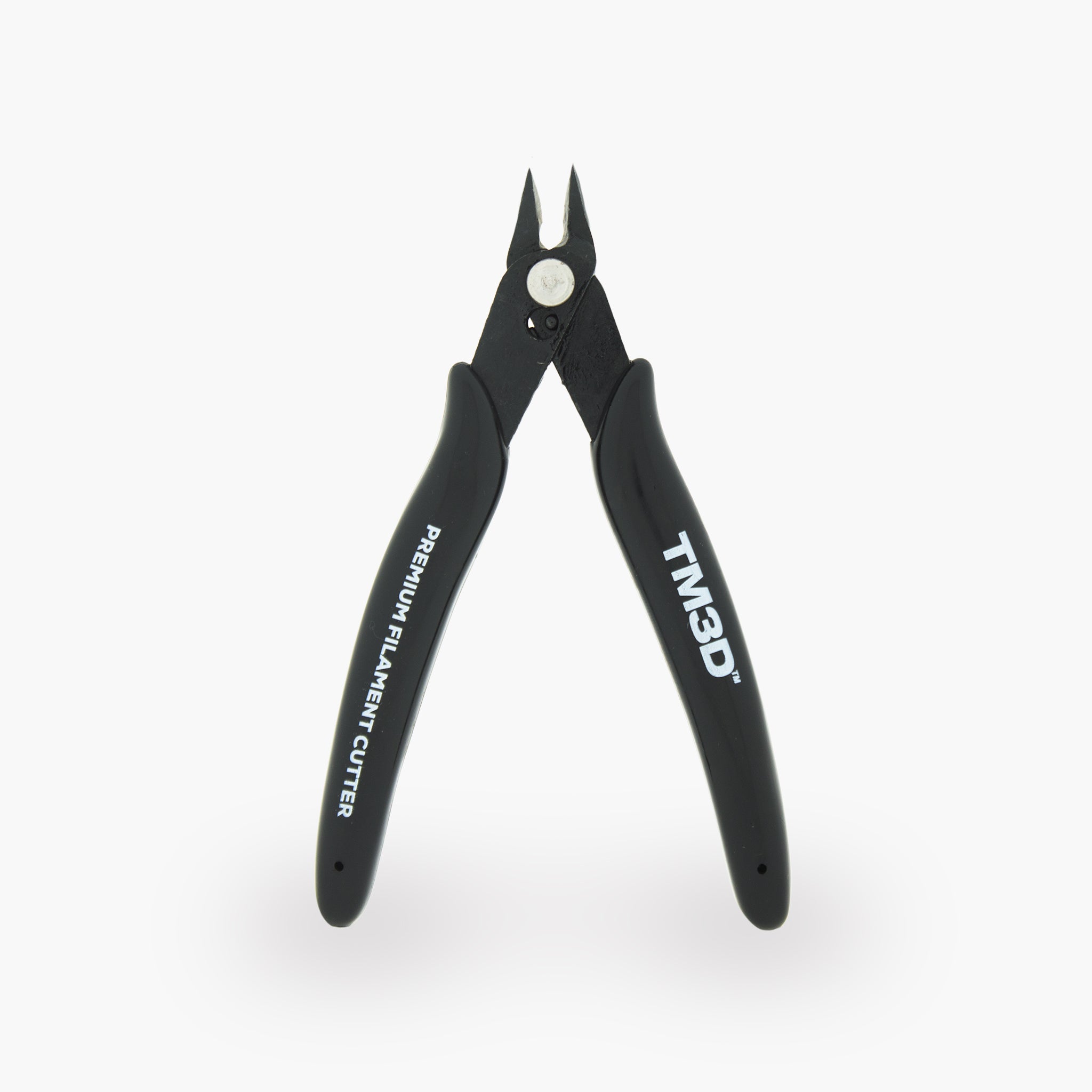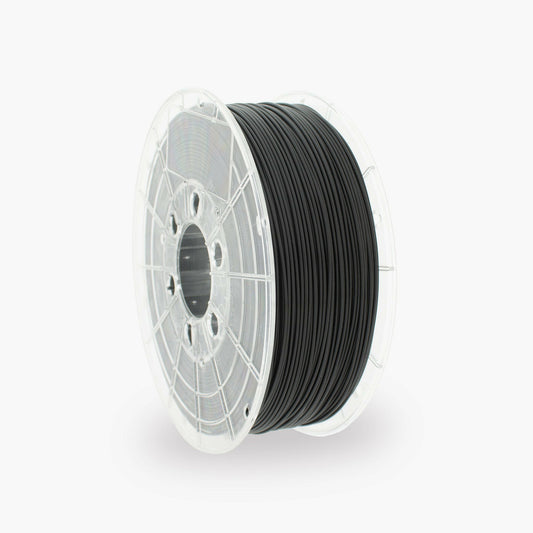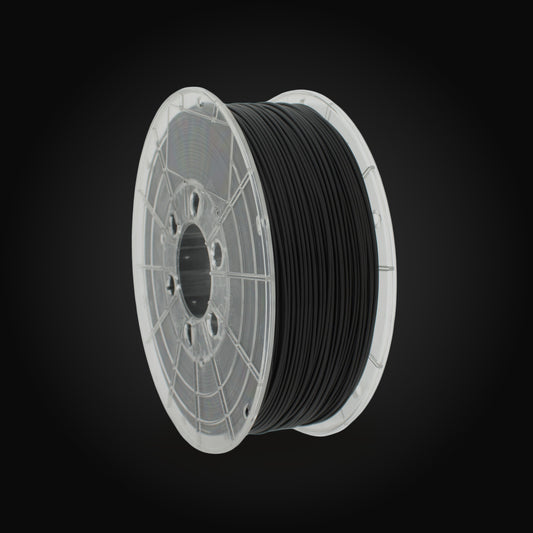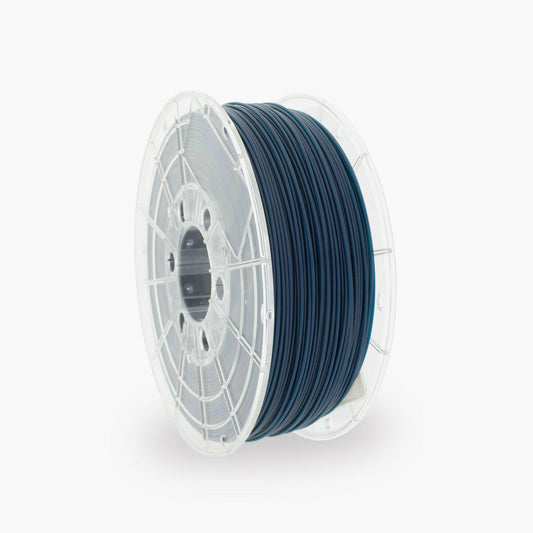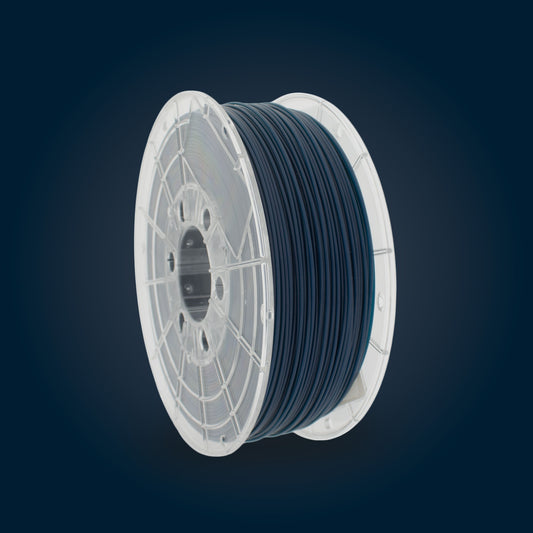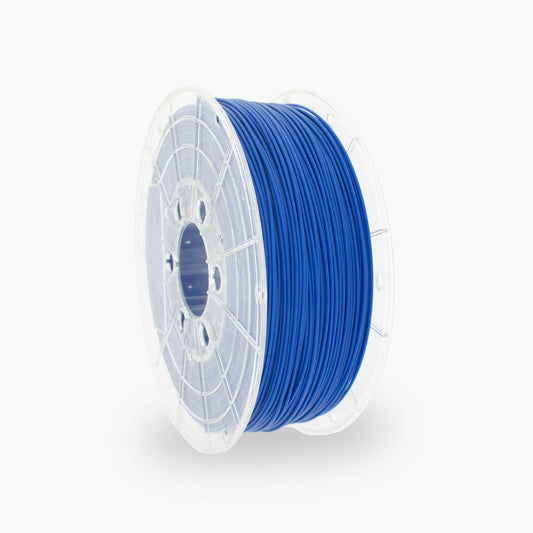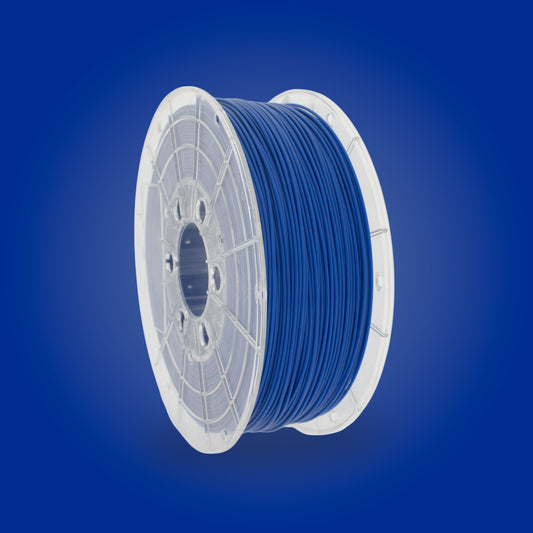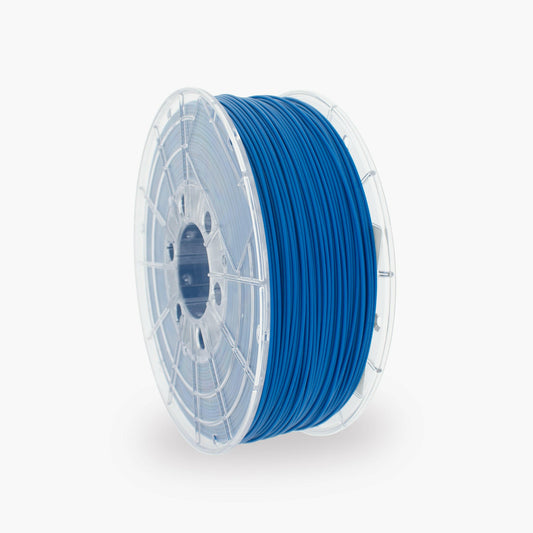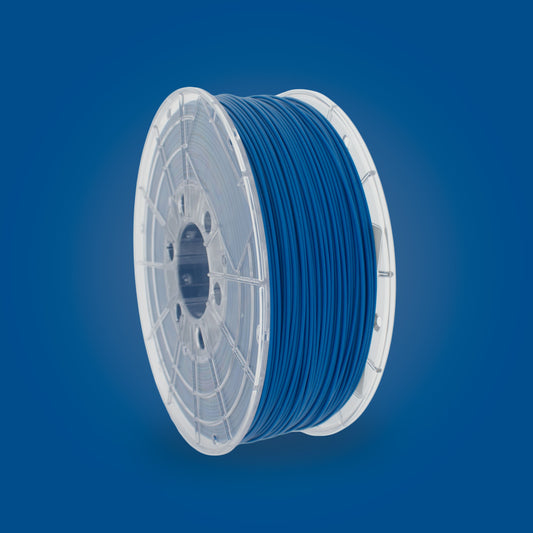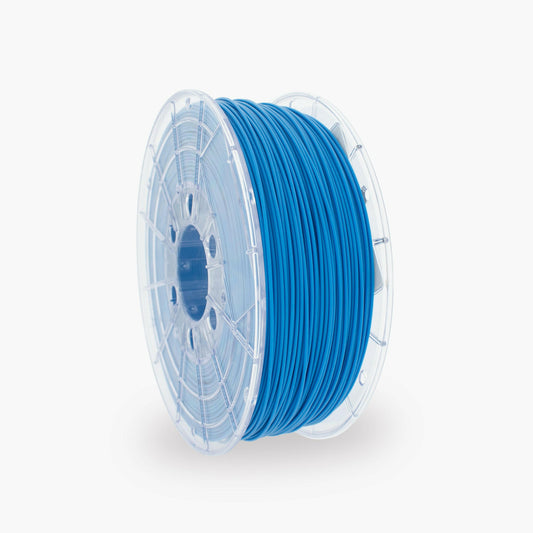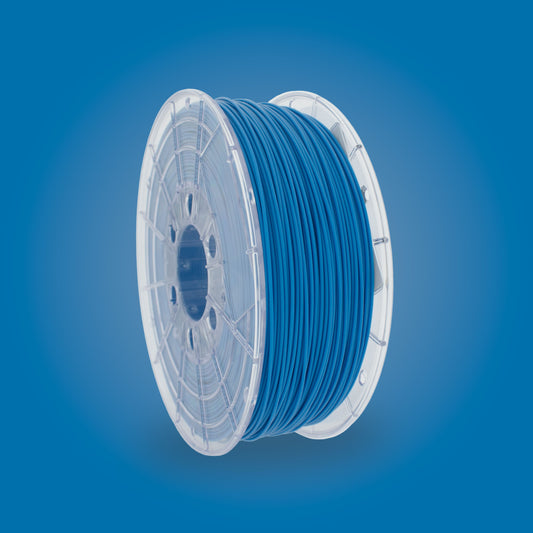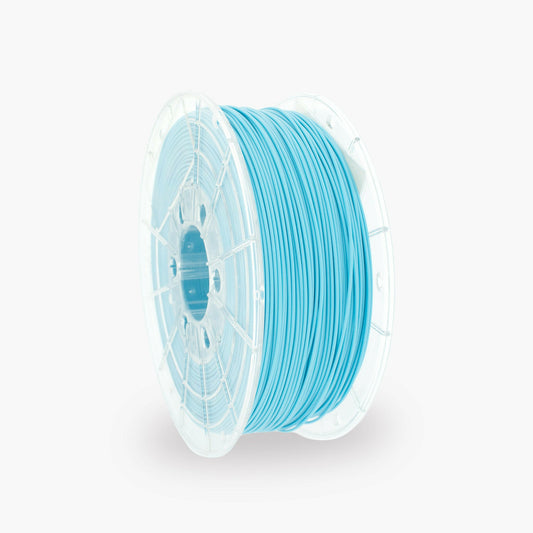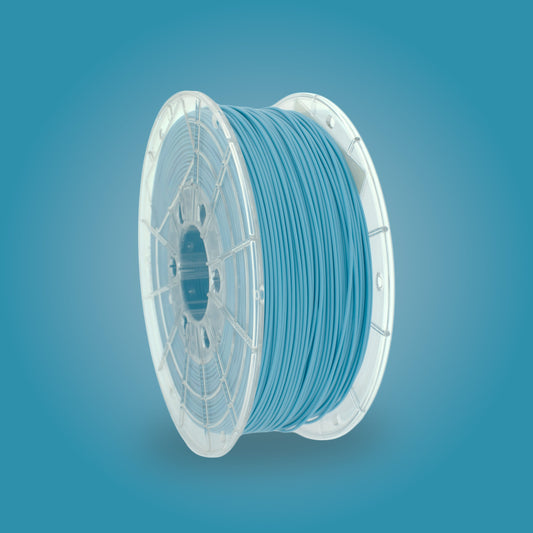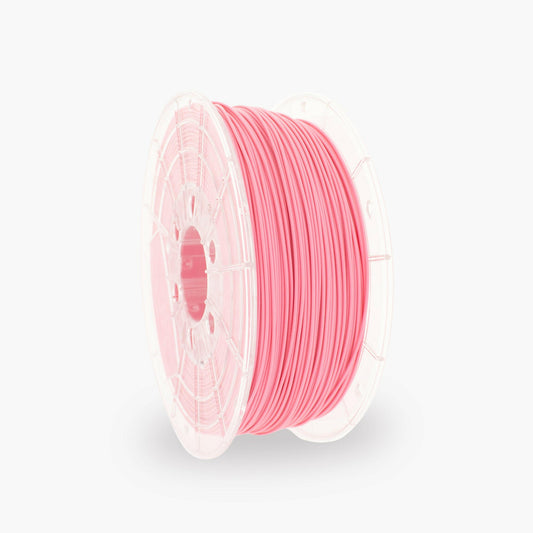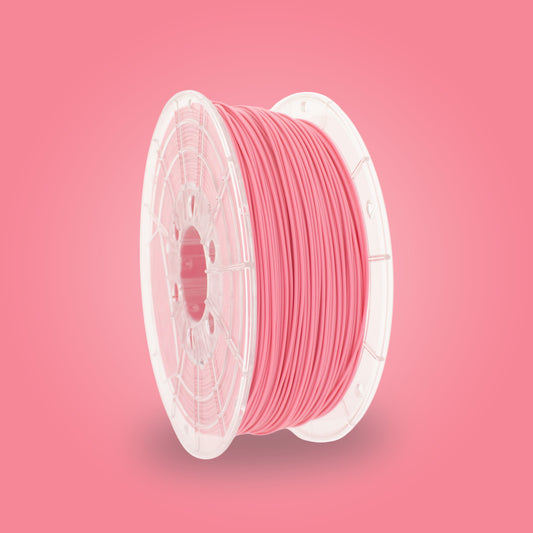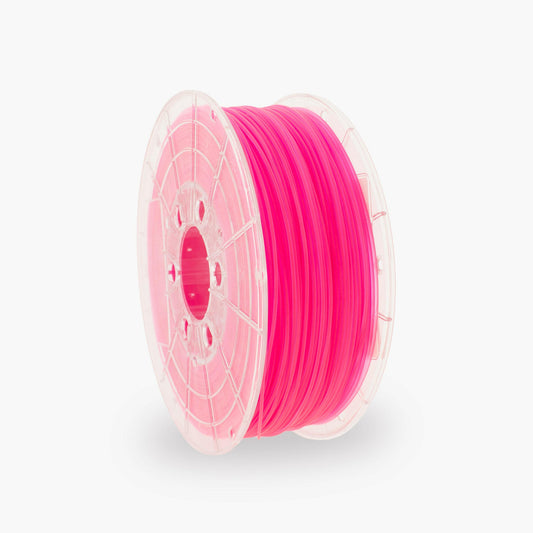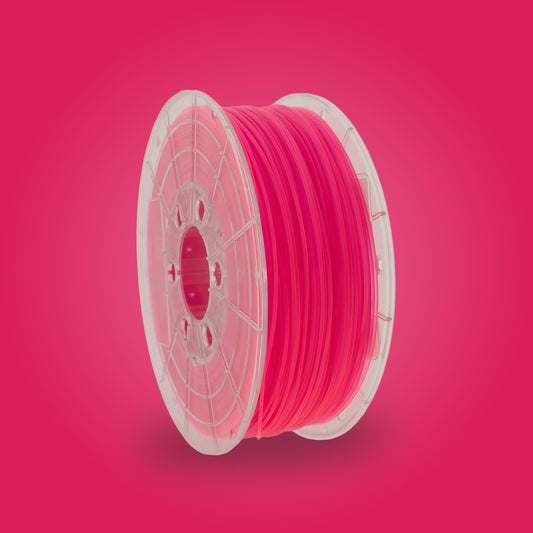PLA filament (Polylactic Acid)

PLA is the virtually odorless, at most sweet-smelling, ecological counterpart of ABS .
The print performance is almost the complete opposite of ABS . PLA is also no problem for outdoor projects. The printed objects are indeed strong, although they are much more brittle than other plastics. When a PLA object falls, it is more likely to splinter or damage. Thin parts are more likely to break than bend.
It is one of the easiest materials to make 3D prints.
Temperature: Printing at 180 – 200º C where it is possible to print without a heated bed, although a heated bed of 60º C is recommended.
When to use PLA filament?
- Where possible. It is a bioplastic that can be recycled or composted.
- For complex shapes, because of the great ease of printing.
- It is fine for gifts, models, boxes and prototypes.
- Can also be used outdoors, as it requires heat to biodegrade, nor is it soluble in water. For example, you can easily make a garden gnome with PLA .
When not to use PLA filament?
- When you need an object that will hold up well at 60º C or more. For example, it is better not to print a gear lever for your car.
- Due to its brittle nature, it is also not recommended for tools or parts subject to force or objects that can fall.
- Also not recommended for parts that have very thin areas as PLA is more likely to break than bend.
